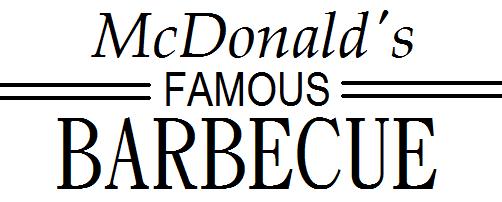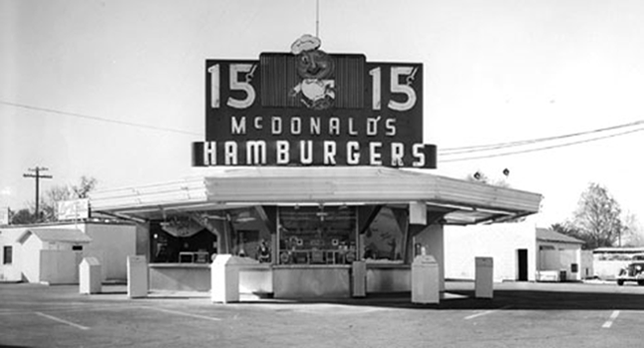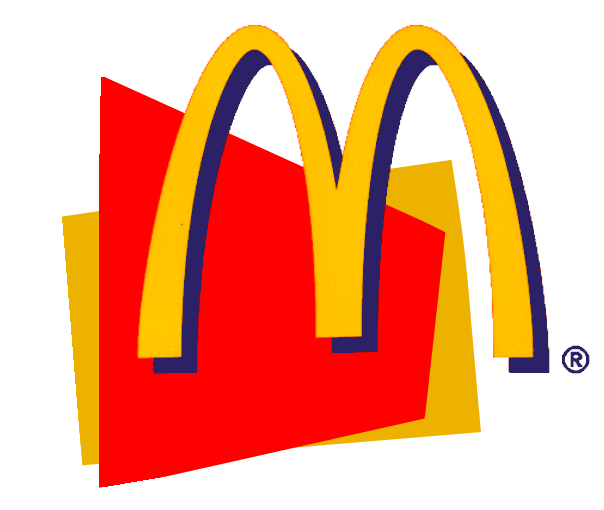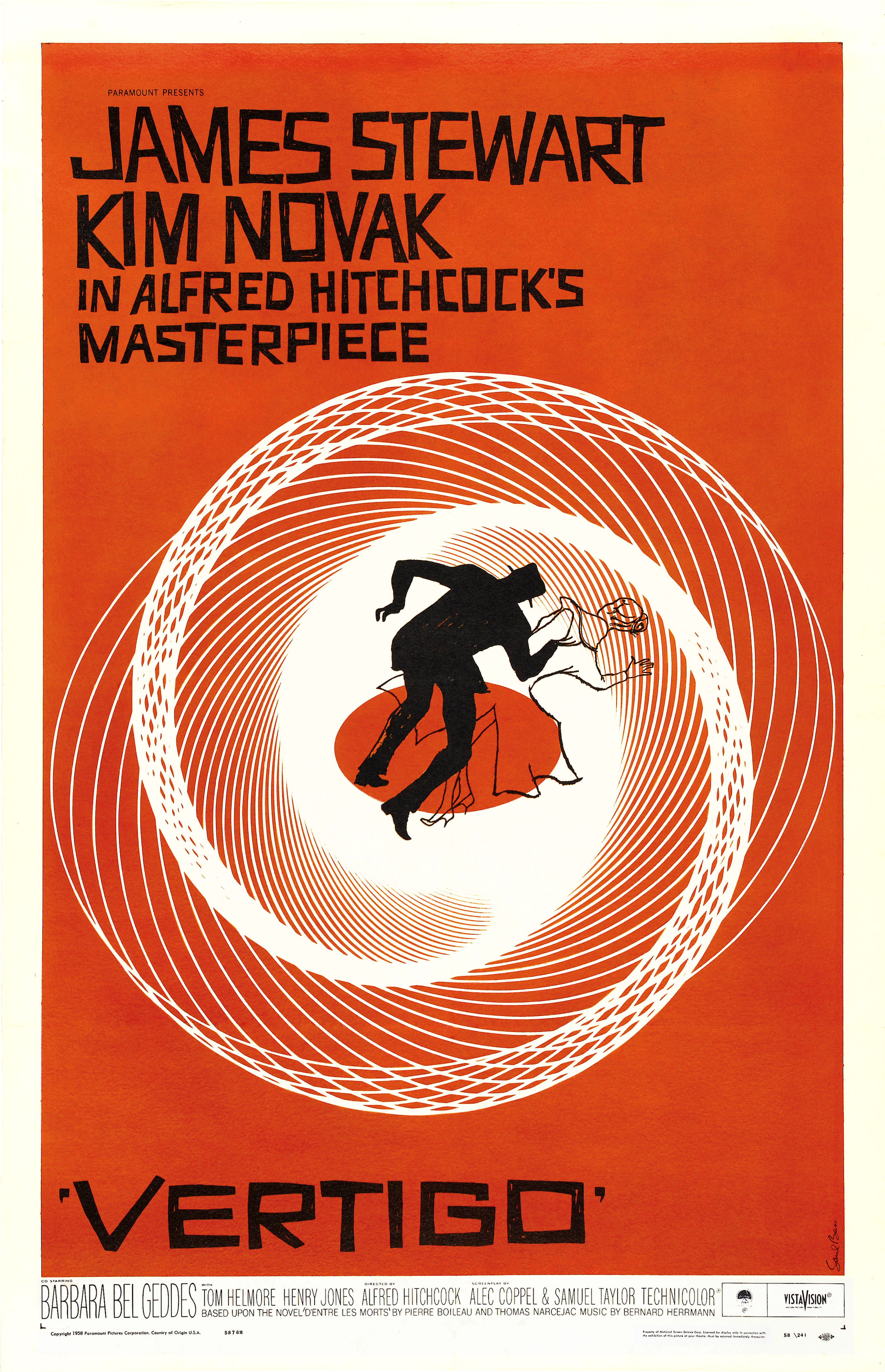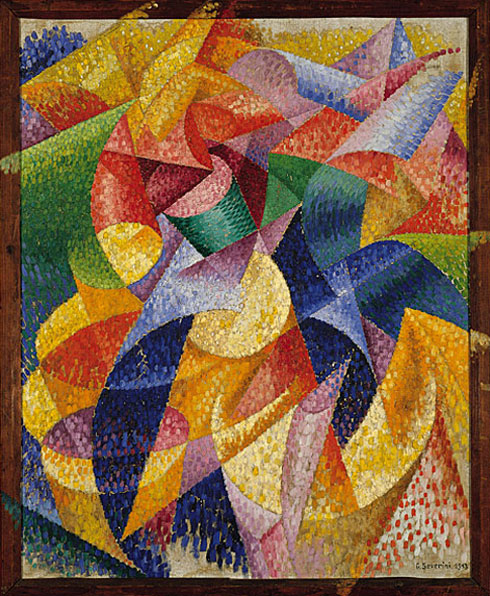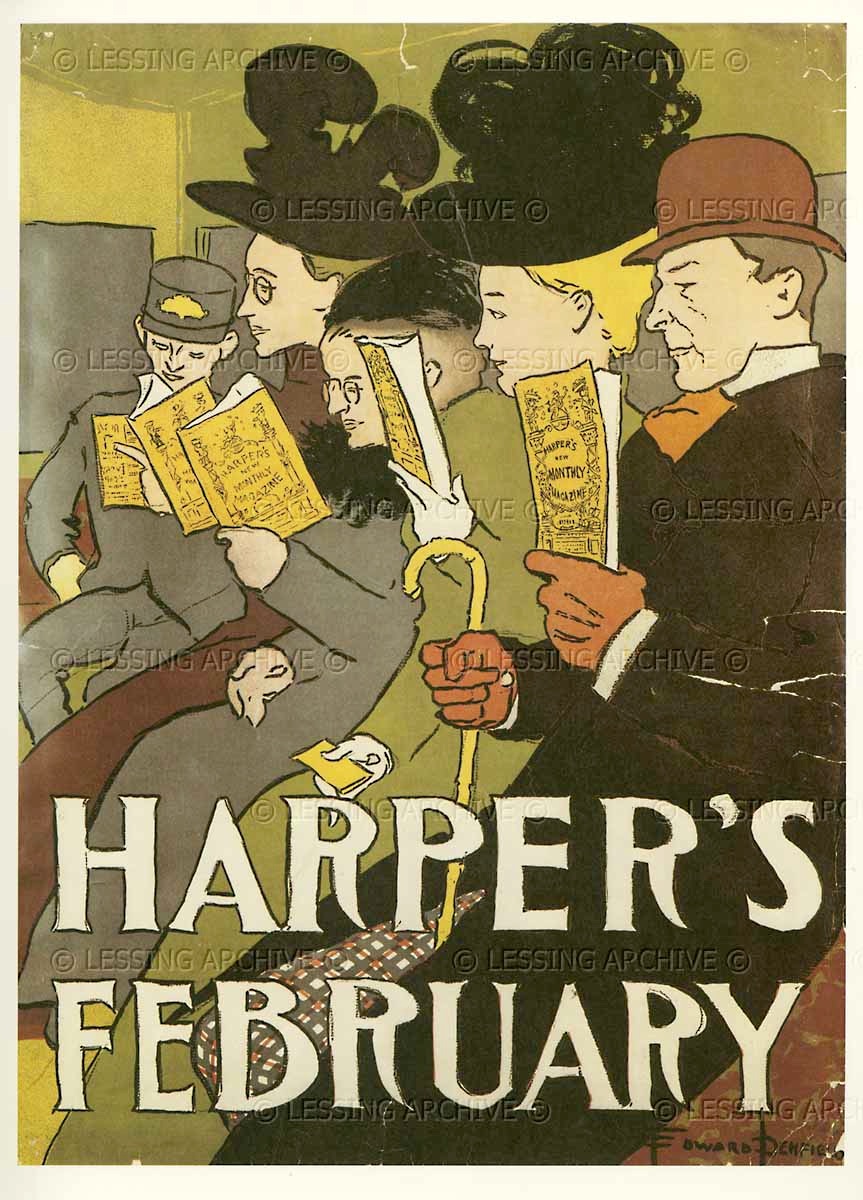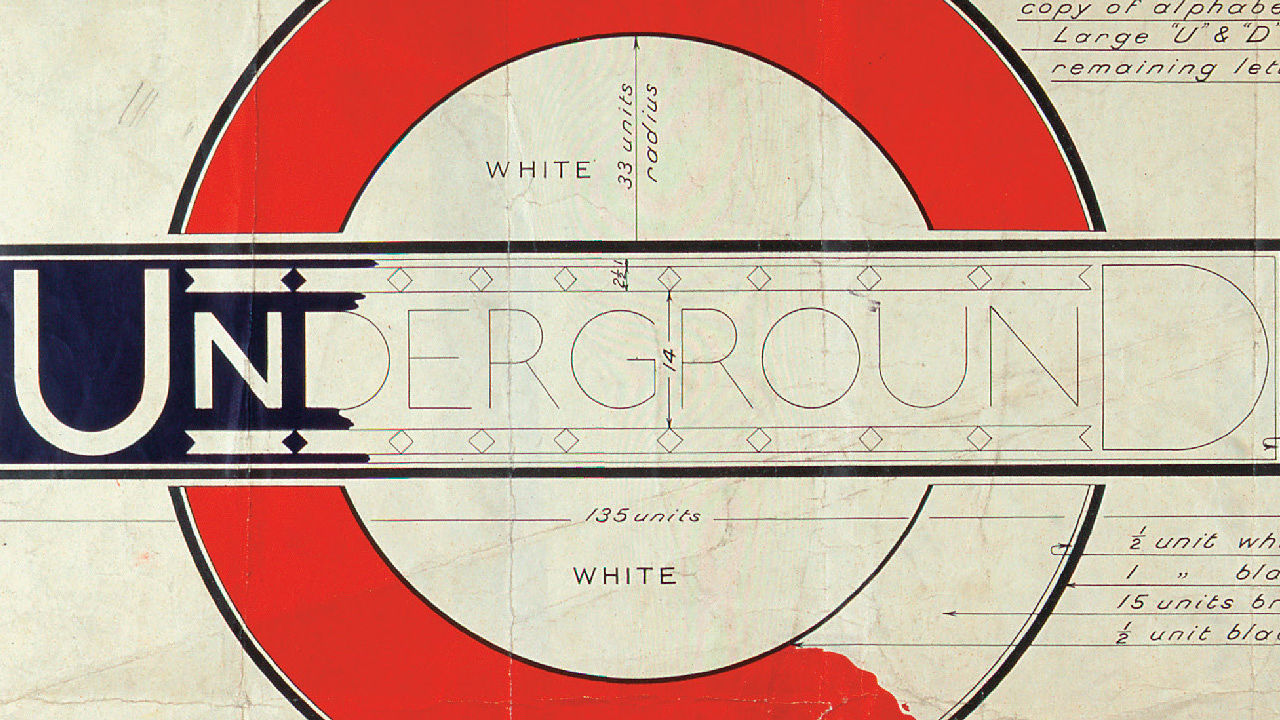attended the Bauhaus school, she was previously trained as a painter and practiced with
her husband, Erik Brandt, who was a painter himself. While at the Bauhaus, she studied
photography, sculpture, design and painting. She had many talents in all fields of the arts,
but turned her attention towards design. More specifically, design that involved metal. She
was the head of the metal workshop group and created some things and ideas that we still
take into account today. These include lamps, teapots and ashtrays. Out of these, the
metal ashtrays are probably the creation she is most known for.
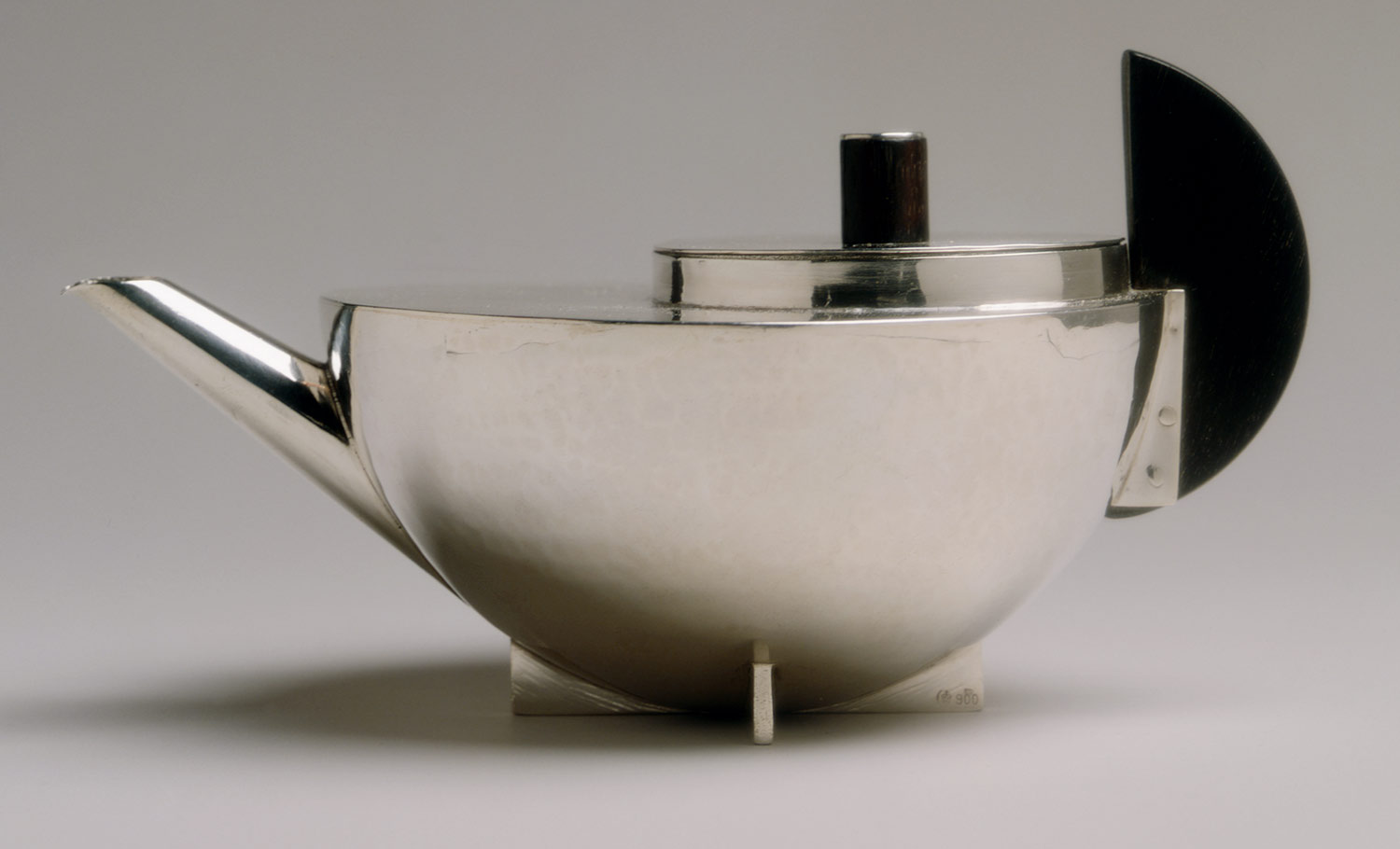 |
| Metal Teapot - Marianne Brandt |
 |
| Metal Ashtray - Marianne Brandt |
After leaving the Bauhaus school, Marianne worked in a studio in Berlin for Walter
Gropius. Walter was the founder of the Bauhaus school, so it seems like it would be an
honor to work for the founder just after attending. Anyways, she had multiple jobs thought
her career until the financial depression in 1932. She tried to look for work outside of
Germany, but due to family and friends she had to return. The most interesting fact about
Marianne might be when she became an official member of the Nazi artists organization in
1939. The reason behind this decision was just to gain access to art supplies that would
otherwise not be available to her. So, she was not in favor of the Nazi's, but did what she
had to do for work. She passed away at the age of 89, but she had many students that
looked up to her and learned from her, which resulted in them following in her footsteps
(metal design).
 |
| Marianne Brandt (unknown photographer) |
